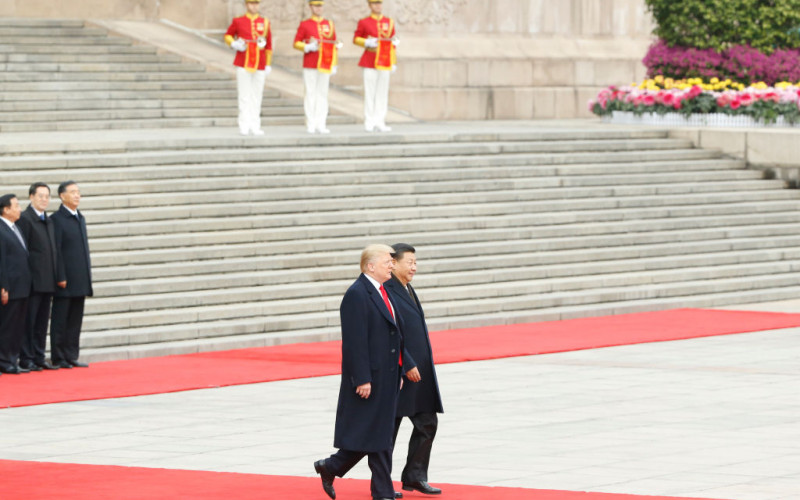In this working paper, we draw on data from the China Africa Research Initiative (CARI) to review evidence on China’s debt cancellation and restructuring in Africa, in comparative and historical perspective. Cases from Sri Lanka, Iraq, Zimbabwe, Ethiopia, Angola, and the Republic of Congo, among others, point to debt relief patterns with distinctly Chinese characteristics. In nearly all cases, China has only offered debt write—offs for zero-interest loans. Our study found that between 2000 and 2019, China has cancelled at least US$ 3.4 billion of debt in Africa. There is no “China, Inc.”: for interest-bearing loans, treatment for inter-governmental debt and Chinese company loans are negotiated separately, and often loan—by—loan rather than for the entire portfolio. While rescheduling by increasing the repayment period is common, changes in interest rates, reductions in principal (‘haircuts’), or refinancing are not. We found that China has restructured or refinanced approximately US$ 15 billion of debt in Africa between 2000 and 2019. We found no ‘asset seizures’ and despite contract clauses requiring arbitration, no evidence of the use of courts to enforce payments, or application of penalty interest rates. Although Chinese lenders have applied Paris Club terms to some rescheduling, on the borrower’s request, Chinese lenders prefer to address restructuring quietly, on a bilateral basis, tailoring programs to each situation. Yet the lack of transparency fuels suspicion about Chinese intentions. These patterns are likely to play out as Chinese lenders and African borrowers grapple with the impact of COVID-19.








